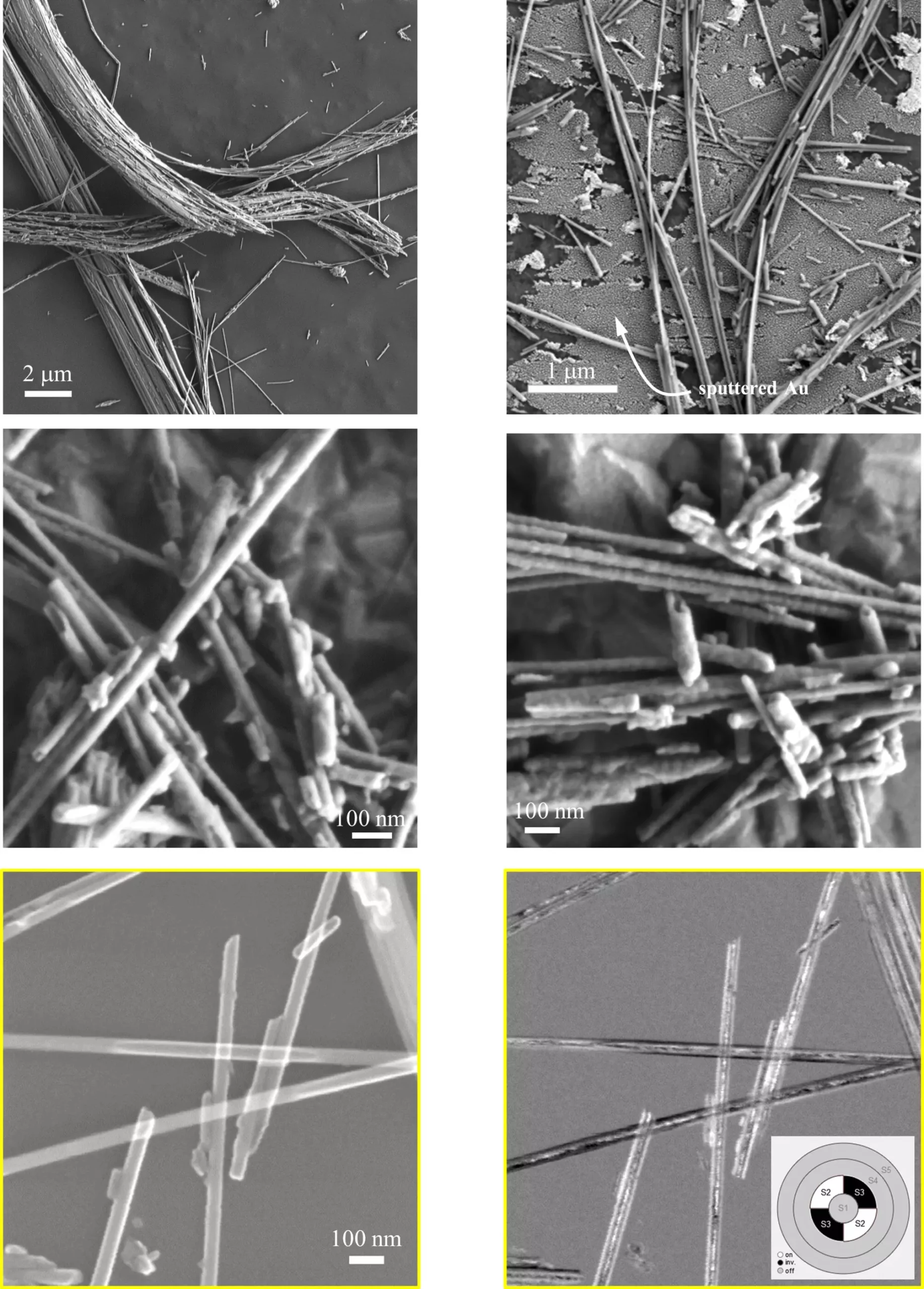Asbestos testing has long been an integral part of construction site safety protocols, with transmission electron microscopy (TEM) being the standard procedure used for decades. However, the process of conducting TEM tests is not only time-consuming but can also be quite costly. The National Institute of Standards and Technology (NIST) has recently published a paper in Analytical Methods, highlighting the potential of scanning electron microscopy (SEM) as a viable alternative to TEM for asbestos identification and classification.
One of the major drawbacks of using TEM for asbestos testing is the requirement for samples to be tested in specialized labs by highly trained staff. This not only adds to the overall cost but also makes the process less convenient. Additionally, TEM may provide more detailed images and better spatial resolution compared to SEM, but the technology is not as easily accessible as SEM.
In recent years, SEM technology has significantly improved, with several companies now producing tabletop SEMs that can be used in the field. SEM is not only cheaper and more convenient than TEM, but the training required to operate the equipment is also much shorter. While TEM may offer certain capabilities that SEM does not, the researchers at NIST believe that SEM is adequate for asbestos abatement purposes.
To test the effectiveness of SEM for asbestos identification, researchers at NIST used Standard Reference Material (SRM) 1866, a sample of asbestos fibers with well-characterized properties. The results of their analysis using SEM closely matched the data provided in the SRM’s documentation, demonstrating the accuracy of the method.
The findings of the NIST researchers suggest that SEM is a promising alternative to TEM for asbestos testing. With its lower cost, greater convenience, and comparable accuracy, SEM has the potential to streamline and reduce the expense of asbestos remediation efforts in the United States. As technology continues to advance, SEM may become the preferred method for asbestos testing in the future.


Leave a Reply